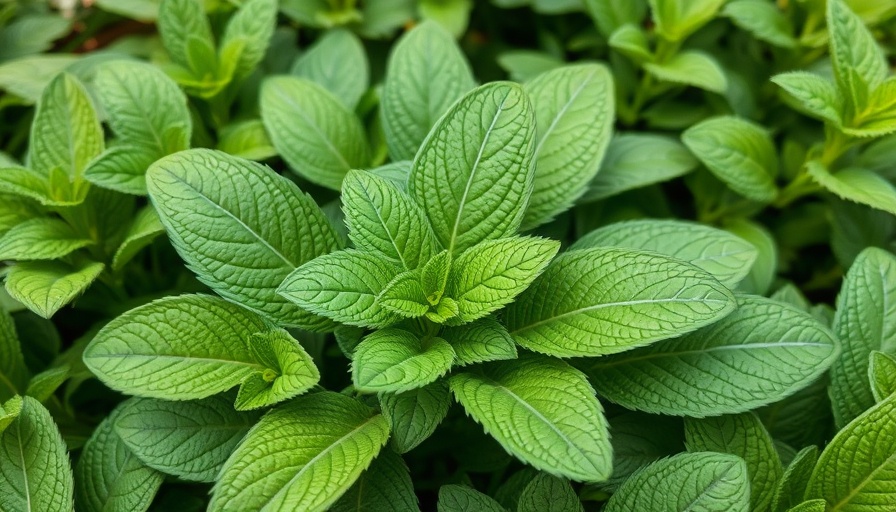
Unlocking the Secrets of Sage: A Culinary and Gardening Delight
Are you ready to delve into the world of herbs and elevate your culinary skills? Let’s explore common sage, a versatile perennial herb that not only enhances your favorite dishes but also has a fascinating history and an essential role in sustainable gardening practices.
What is Common Sage?
Common sage (Salvia officinalis), native to the Mediterranean region, has long been cherished for both its culinary uses and medicinal properties. This aromatic herb is characterized by its grey-green leaves and beautiful lavender flowers, creating an attractive addition to any herb garden. Sage thrives in USDA Hardiness Zones 4 to 8, making it a staple in regions that enjoy warm summers and mild winters.
The Benefits of Growing Sage in Your Garden
Growing common sage in your garden not only offers flavor to your holiday meals but also provides myriad benefits:
- Pest Repellent: Sage can deter unwanted pests in your vegetable and flower gardens, reducing the need for chemical pesticides.
- Pollinator Attraction: Its beautiful flowers attract bees, butterflies, and other beneficial insects, contributing to a healthy ecosystem.
- Medicinal Qualities: Sage has been used traditionally for its health benefits, from aiding digestion to serving as an anti-inflammatory agent.
How to Successfully Plant and Cultivate Sage
Growing your own sage can be incredibly rewarding and easy with the right techniques. Here are essential gardening tips:
- Choosing the Right Location: Sage requires full sun, so place it where it can receive at least 6 hours of sunlight daily.
- Soil Requirements: Opt for average, well-draining soil with a pH between 5.6 to 7.8. Ideally, indulge your sage with organic compost to enrich its nutrients.
- Watering Wisely: Sage prefers low to moderate water needs, so allow the soil to dry out between waterings to prevent root rot.
Propagation Methods: Grow Your Sage Collection
If you're looking to expand your herb garden, sage can be propagated through seeds, cuttings, or by division. Here's how:
- Seed Sowing: Start your seeds indoors 6-8 weeks before the last frost, or plant them directly in the garden in spring.
- Cuts and Division: Take cuttings or divide mature plants in early spring to create new sage plants.
Harvesting and Preserving Your Harvest
Knowing when and how to harvest is crucial. For optimal flavor, harvest sage leaves in the morning after the dew has dried. You can preserve these aromatic leaves by:
- Drying: Hang sprigs in a cool, dark place to dry before storing them in airtight containers.
- Freezing: Place leaves in ice cube trays with water, freeze, and enjoy sage-infused ice cubes in soups and stews.
Incorporating Sage into Your Culinary Creations
Common sage adds a unique flavor profile to dishes. Here are a few cooking ideas:
- Stuffing: Essential for traditional Thanksgiving stuffing recipes.
- Pasta Dishes: Enhance creamy pasta sauces with nutty and peppery sage flavors.
- Herbal Teas: Steep fresh sage in hot water for a soothing drink.
Conclusion: Embrace the Sage in Your Garden
Planting and growing common sage not only beautifies your garden but brings a wealth of culinary and health benefits. Embrace this delightful herb and unlock its secrets today, making your gardening experience enriching and flavorsome. Join the movement towards organic gardening and sustainable living by cultivating your herb garden, starting with sage!
 Add Row
Add Row  Add
Add 




Write A Comment